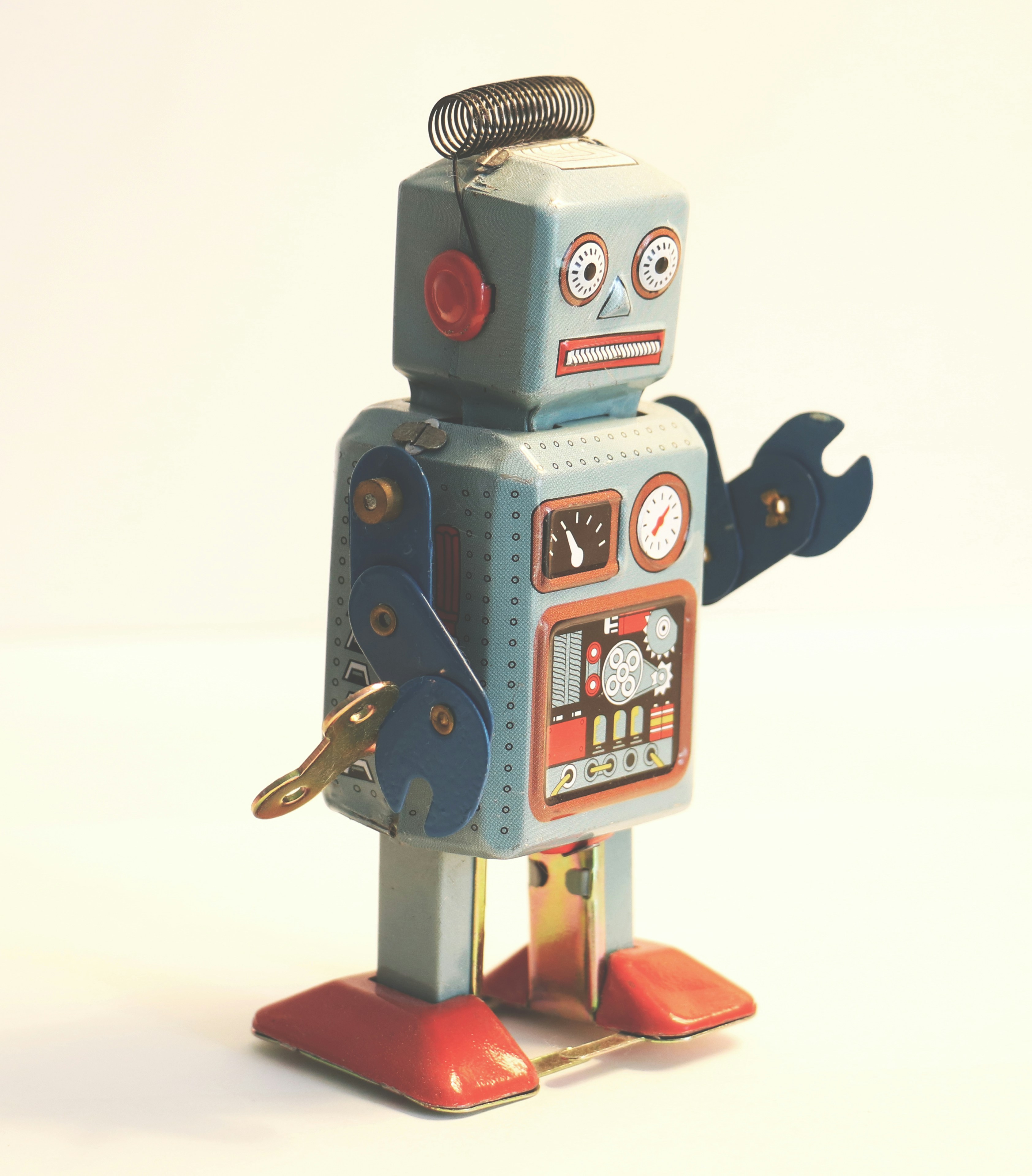Russia wanted a triumph. What it got was a slapstick demonstration of gravity winning its eternal war against optimism.
At a tech event in Moscow, the country unveiled its latest humanoid robot, AIdol, ushered in with theatre lighting and the kind of heroic soundtrack normally reserved for astronauts or heavyweight boxers. It stepped forward, lifted an arm, and then, in a moment destined for the global cringe hall of fame, plunged face-first into the stage. Even its creators stared at it like parents watching their child proudly walk into a closed patio door.
This was supposed to be Russia’s big entrance into the humanoid robotics race. Instead, it became a very public reminder that walking on two legs is still a dark art in engineering. Fortune even noted that the machine had been pitched as emotional, expressive and capable of human-like micro-movements, before demonstrating the most relatable human gesture of all: instant, catastrophic embarrassment (Fortune).
Developers blamed lighting, calibration drift and voltage issues. Basically everything except the simple fact that bipedal robots don’t yet share humanity’s evolutionary respect for balance. The Washington Post highlighted that AIdol is meant to weigh around ninety-five kilos, walk at a brisk pace, and display twelve distinct emotions, none of which apparently included “I regret this decision” (Washington Post).
Russia is trying to build its own robotics ecosystem, more than seventy per cent of AIdol’s parts are domestically produced despite sanctions and supply constraints, but as Meduza dryly noted, even the most patriotic engineering can’t negotiate with slippery floors (Meduza).
And here’s the important bit: get used to this. Not the falling specifically, though you’ll be seeing plenty more of that, but the spectacle. Nations everywhere are now racing to develop their own humanoid robots. Some will be sleek, capable and unsettlingly competent. Others will wobble onto a stage, glance at the audience, and immediately throw themselves at the floorboards like they’re reenacting a Cold War moral lesson. But the trend is locked in. Once this technology gets traction, it becomes ubiquitous. The same way smartphones went from luxury curiosities to the thing you curse at when it drops signal, humanoid robots will eventually drift into public life until seeing one topple over becomes as normal as a delivery van blocking a cycle lane.
AIdol’s fall was embarrassing, yes, but also inevitable. Every robot story contains a chapter full of bruises. What matters is whether Russia can iron out the physics, push through the mockery and keep pace with the US and China, who already have robots performing warehouse tasks, factory demos and borderline illegal backflips.
If AIdol ever reaches human-level intelligence, it will remember the sound of the crowd when it met the stage face-first. And honestly, that’s one hell of a villain-origin-story energy to begin a robotics programme with.
One stumble does not stop a revolution. It just makes it louder.
